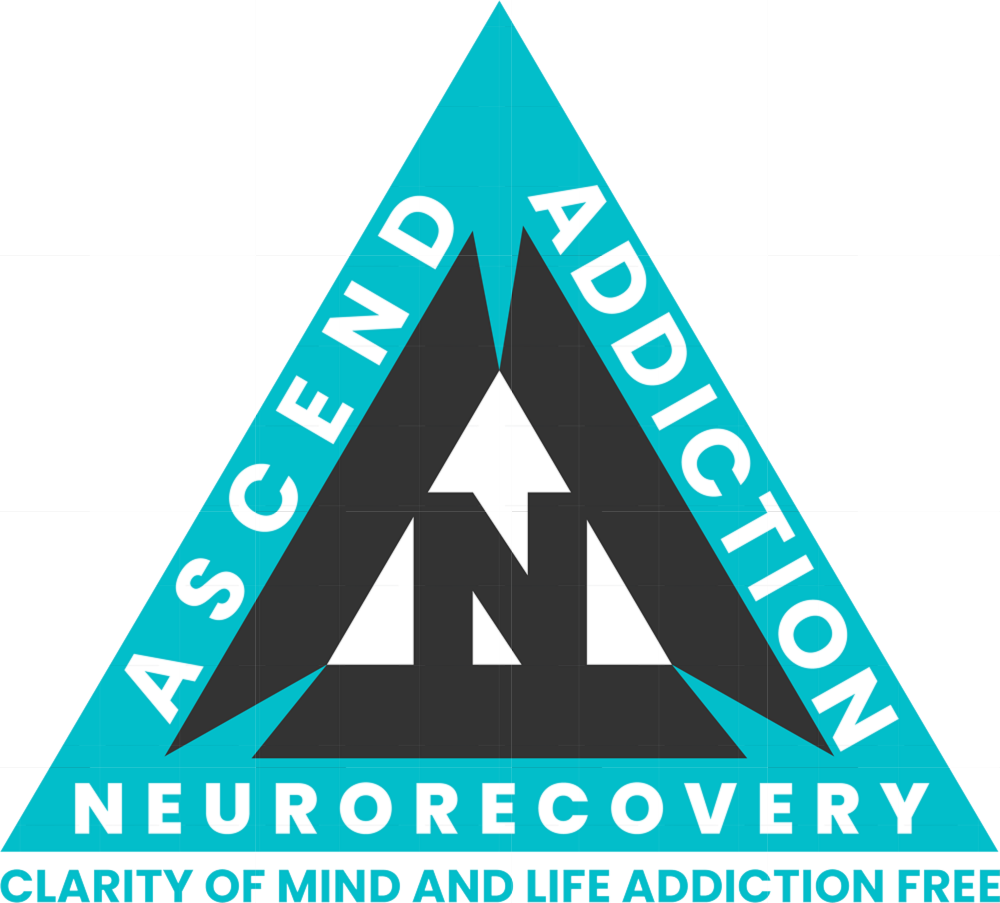Addiction is often seen as a trap, a cycle that feels impossible to break. But what if your mind has always held the secret to freedom? We at Ascend Addiction NeuroRecovery think that science should lead recovery. Neuroplasticity, the brain’s ability to change and adapt, informs us that healing is not only feasible but also natural. With the correct environment and coaching, your brain may create new connections, allowing you to regain self-control, emotional strength, and a sense of purpose.
This isn’t just about willpower. Also, it’s about knowing how the brain works and applying that information to help people get better for good.
What Is Neuroplasticity?
Neuroplasticity is your brain’s built-in ability to change. Neurons, or brain cells, link with each other every time you think, feel, or do something. When you repeat an action, those connections get stronger, like carving a deeper groove in the sand.
Addiction takes advantage of this process. When you use drugs or alcohol over and over, your brain learns to look for the same reward over and over. Over time, the brain becomes locked into destructive patterns. There is hope, though, because neuroplasticity can work both ways. The brain can wire itself for addiction, but it can also rewire itself for recovery.
Therefore, that means that with regular practice, the brain can learn new habits, better ways to deal with stress, and how to be emotionally balanced.
How Addiction Affects the Brain
Knowing what addiction does to the brain will help you grasp why neuroplasticity is important for recovery. Using drugs or alcohol changes how the brain’s reward system works. Dopamine, the chemical that gives us feelings of pleasure and motivation, becomes hijacked.
The brain starts to seek drugs to feel “normal” instead of enjoying activities like spending time with family, working out, or reaching a goal. Over time, this leads to:
- Decreased impulse control
- Heightened stress response
- Weakened motivation for healthy activities
- Emotional instability
This rewiring is strong, but it won’t last forever. The brain may repair itself if you use the appropriate tactics.
Using Neuroplasticity in Addiction Recovery at Ascend
We employ neuroscience-based addiction therapy at Ascend Addiction NeuroRecovery to help people change the way their brains work. Moreover, our programs use therapy, brain retraining, and proven behavioral tactics to get to the bottom of addiction, not just the symptoms on the surface.
Furthermore, some of the ways we apply neuroplasticity include:
- Cognitive Behavioral Therapy (CBT): Helps you find and change detrimental ways of thinking.
- Mindfulness and meditation: These activities teach the brain how to handle stress and stay in the moment.
- Building Healthy Habits: Helps you stick to good habits instead of bad ones.
- Brain Retraining Exercises: These are focused activities that help you build self-control and resilience.
These strategies not only help with addiction, but they also change how the brain reacts to problems.
Benefits of Neuroplastic Recovery Models
Choosing a recovery path that focuses on neuroplasticity has long-term benefits:
- Rebuilds Emotional Regulation
Also, addiction can throw your emotions out of whack. Neuroplastic recovery helps keep your mood stable and stops you from having severe highs and lows.
- Improves Stress Management
One of the main causes of relapse is stress. Further, brain retraining teaches you how to deal with problems in better ways without using drugs.
- Reduces Relapse Risk
Neuroplasticity makes it less likely that you will go back to past habits by changing the way you think.
- Increases Purpose and Motivation
When the brain starts to enjoy making good choices again, the desire to stay sober grows.
How the Brain Rewires in Recovery
It doesn’t happen overnight that the brain rewires. It takes time and practice to get it right. So, here are some key ways the brain strengthens recovery pathways:
- Practice: The more you do something healthy, the more your brain makes connections.
- Consistency: Daily routines help lock in new habits.
- Environment: A supportive environment makes it easier for the brain to pick patterns that help with rehabilitation.
- Patience: Just like addiction becomes worse over time, rehab rewiring also takes time.
The good news is? Every day you make a healthy choice, your brain gets better at making the next one.
Real-Life Example: From Cravings to Control
Think of someone who drinks after every stressful day. Also, their brains wire stress to drinking over time. That same person learns to be mindful while they are recovering. They breathe or write in a diary instead of getting a drink. It feels forced at first. But over time and with practice, the brain rewires itself. Stress = pause and breathe.
This is an example of neuroplasticity. Also, the brain gets rid of bad pathways and replaces them with good ones.
Why Neuroplasticity Matters for Long-Term Recovery
Traditional recovery often focuses on stopping substance use. That is important, but it doesn’t fix the brain’s wiring. Old habits can come back if you don’t retrain your brain, which can lead to relapse.
A neuroplastic method, on the other hand, not only stops the habit but also modifies how the brain reacts to stress, emotions, and triggers. It lays a firmer, more stable base for long-term rehabilitation.
Conclusion
Lastly, addiction doesn’t define your brain; your recovery does. Neuroplasticity makes mending not only possible but also normal. You can replace bad habits with good ones, make yourself emotionally stronger, and create a life with meaning by rewiring your brain.
Thus, at Ascend Addiction NeuroRecovery, we promise to help you through this process with addiction treatment that works with your brain, not against it.
Your brain can change. Things can get better in your life. Recovery starts here.





